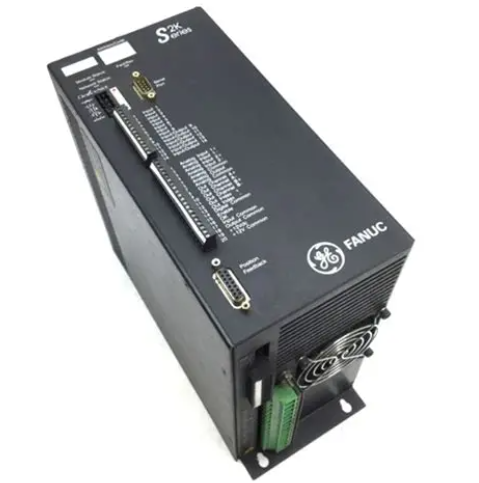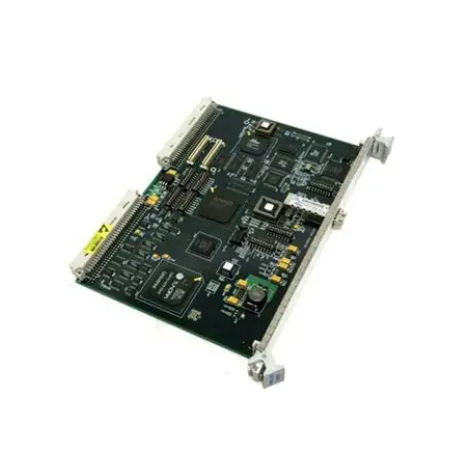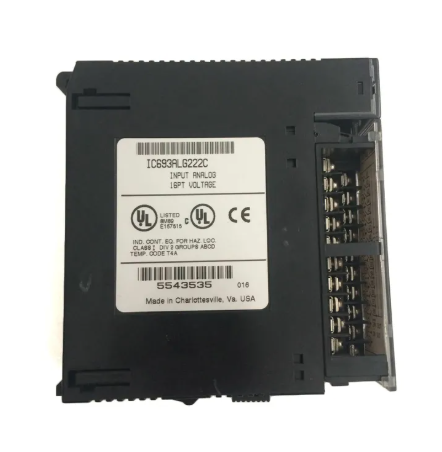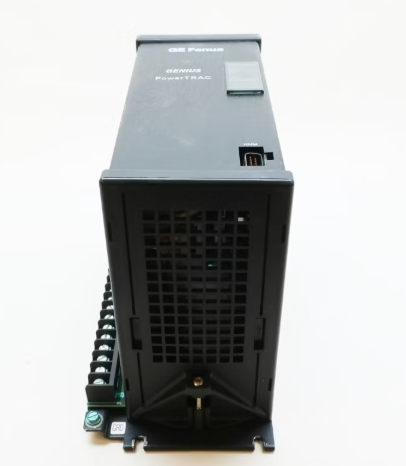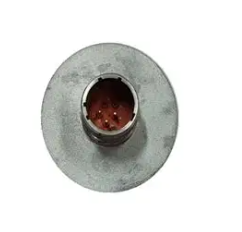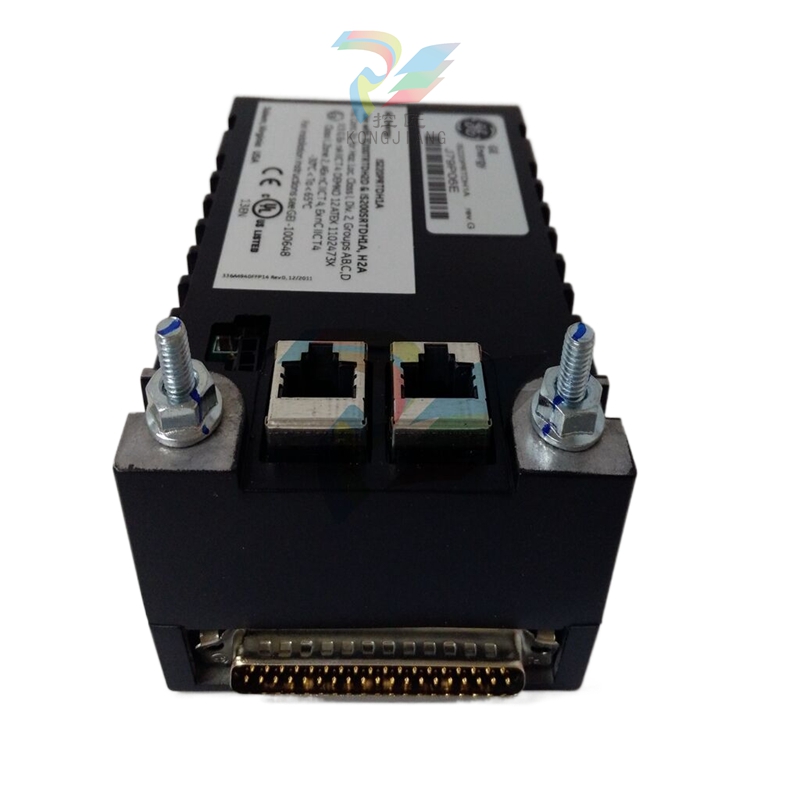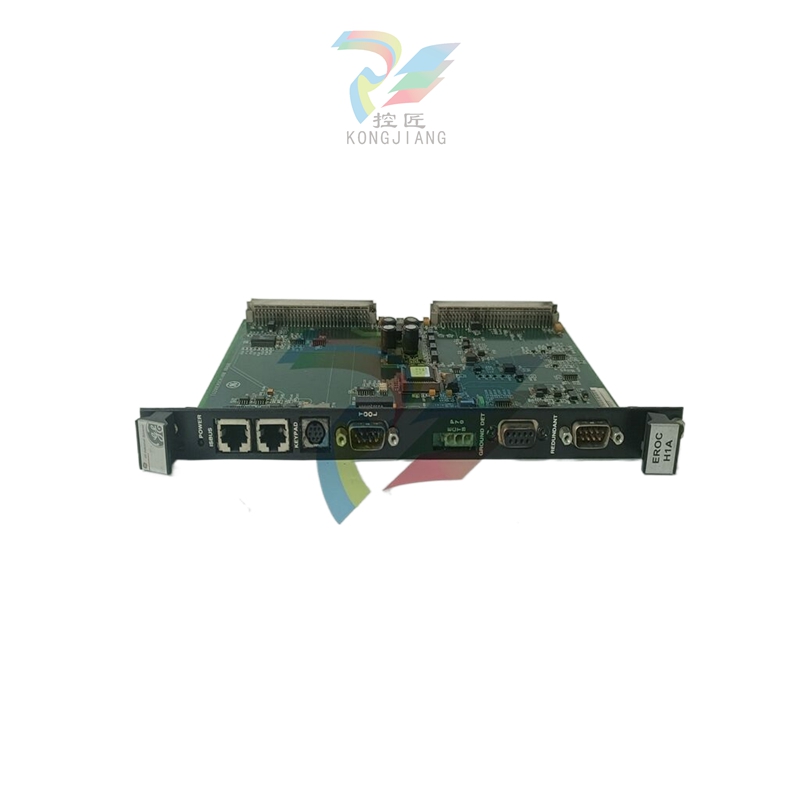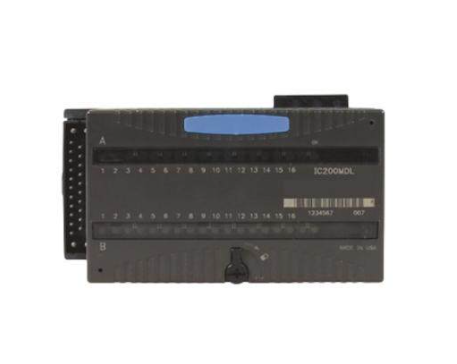The development of life science and biotechnology from the centennial Nobel Prize in Natural Science
The second half of the 20th century was an era of rapid progress in the life sciences and biotechnology. On the one hand, the development of life science has profoundly changed human's understanding of the nature of life; On the other hand, the development and widespread application of biotechnology has also improved the quality of life of people like never before. It is worth noting that the establishment and development of biotechnology itself stems from major discoveries, theoretical innovations and technological inventions in basic disciplines such as physics and chemistry, and these historic and revolutionary achievements have basically won the Nobel Prize. Therefore, this paper attempts to sort out the context of the development of biotechnology according to the awarding of the Nobel Prize in Natural Sciences, and discusses the contribution of interdisciplinary integration of physics and chemistry to the development of biotechnology, so as to promote scientific researchers to think and explore the law and enlightenment of the development of biotechnology.
Introduction to the Nobel Prize in Physiology or Medicine
The Nobel Prize in Physiology or Medicine was established in the will of the late Swedish chemist Alfred Nobel. the goal is to recognize scientists who have made important discoveries in the field of physiology or medicine (Excerpt from the will of Alfred Nobel). For more than 100 years, the Nobel Prize in Physiology or Medicine has been recognized as the world's most impressive and benchmarking honor for its original, forward-looking and leading scientific research achievements, as well as the great impact and contribution of Nobel Prize scientific research achievements on human cognition, health and social and economic development.
Ii. Overview of the development of life sciences and biotechnology from the Nobel Prize in Physiology or Medicine
Biotechnology is a dynamic concept, and it is generally thought that science and technology that uses organisms themselves or systems of life processes to produce useful substances or services are called biotechnology (Robert Bud. Social studies of science.1991.21:415). With the continuous enrichment and development of life science theories, the connotation and definition of biotechnology are also expanding.

1. Embryonic stage (before 19th century)
Although it is widely believed that biotechnology is closely related to pharmaceutical research and development, looking back at history, we will find that the cultivation and livestock technology related to food is the earliest known human biotechnology. Around 12,000 BC, the Levant people of the eastern Mediterranean began to cultivate wheat, marking the beginning of agricultural biotechnology. Beginning in 6000 BC, humans began to use fermentation technology to obtain new foods, including brewing beer, making cheese and yogurt. In 1796, English doctor Edward Jenner prevented smallpox by vaccinating it, marking the birth of vaccine technology. In 1875, French scientist Louis Pasteur discovered that fermentation was caused by microorganisms and that yeast could convert sugar into alcohol, thus laying the foundation for industrial and medical microbiology.
2. Early stages of development (late 19th century to mid-20th century)
In 1897, German chemist Eduard Buchner further studied and found that the essence of fermentation is a catalytic reaction caused by enzymes in microorganisms. This research is considered to mark the birth of biochemistry (Nobel Prize in Chemistry, 1907).
In 1919, Hungarian agricultural engineer Karoly Ereky first used the term Biotechnology to describe the processing of material materials to produce products. In 1928, Scottish scientist Alexander Fleming discovered penicillin in the secretions of the microbe Penicillin. In 1938, Australian pathologist Howard Florey and British biochemist Ernst Chain demonstrated the efficacy of penicillin against bacterial infections in humans. In 1944, under the leadership of Florey and others, the industrial production of penicillin was achieved. Penicillin is the first antibiotic discovered in human history, and its discovery and application have epoch-making significance, saving countless lives, and its high efficiency and huge economic value make the antibiotic industry enduring (1945 Nobel Prize in Physiology or Medicine).
3. The Age of Molecular Biology (mid-20th century to present)
In 1953, James Watson and Francis Crick proposed the double helix structure of DNA, and the life sciences entered the era of "molecular biology" (1962 Nobel Prize in Physiology or Medicine). It provided the basis for deciphering the genetic code of organisms, leading to the emergence of genetic engineering, and became the most widely used biotechnology in the second half of the century. It is also the greatest achievement in the life sciences since the 20th century, a new era in the history of biology, and the development of life sciences, agricultural sciences and medicine.
In 1949, Australian immunologist Frank Macfarlane Burnet proposed the theory of acquired immune tolerance. Subsequently, British scientist Peter Medawar published an academic paper in 1953, which verified the theory of acquired immune tolerance through animal experiments. Both laid the theoretical foundation for modern transplant biology (1960 Nobel Prize in Physiology or Medicine). In 1954, American medical scientist Joseph E. Murray performed the first successful kidney transplant between identical twins, ushering in a new era of human organ transplantation to treat disease. In 1957, the American medical scientist E. Donnall Thomas published the first paper on human hematopoietic stem cell transplantation in the New England Journal of Medicine, thus opening the first hematopoietic stem cell transplantation for the treatment of leukemia. (1990 Nobel Prize in Physiology or Medicine)
In 1973, American geneticists Stanley Cohen and Herbert Boyer invented recombinant DNA technology, which marked the birth of genetic engineering. In 1978, Genentech (founded in 1976 by Herbert Boyer and venture capitalist Robert Boyer) produced the first genetically engineered drug - human insulin (Humulin) - in E. coli using recombinant DNA technology. Insulin remains the most effective clinical treatment for diabetes, and the production of genetically modified human insulin ushered in a new era in the pharmaceutical industry (Cohen was awarded the 1986 Nobel Prize in Physiology or Medicine). In 1974, German biochemist Rudolf Jaenisch and American embryologist Beatrice Mintz introduced viral DNA into mice, creating the first genetically modified animal. From 1981 to 1988, the British developmental biologist Martin Evans and the American geneticists Mario Capecchi and Oliver Smithies developed the technique of using homologous recombination of DNA to alter the DNA of an animal genome at a fixed point, thus achieving stable genetic mutations in animals. Transgenic animals are therefore widely used in basic research of life sciences. In addition, genetically modified animals have also become an important field of agricultural and medical application development, and gradually develop into the most commercially promising high-tech industry. (2007 Nobel Prize in Physiology or Medicine)

In 1975, German biochemist Georges Kohler and British biochemist Cesar Milstein invented monoclonal antibody technology, which became a major breakthrough in the field of immunology. Monoclonal antibodies can recognize antigens with a high degree of specificity and mediate immune cells to clear invading pathogens. Monoclonal antibody drugs have become the mainstream of biological drugs and are widely used in the diagnosis and treatment of diseases. Among the world's top 10 drug sales in 2015, 5 were monoclonal antibody drugs (Tian Tian, Science and Technology Guide, 2016.). In addition, the technology has also been widely used in food production and processing and scientific research. (1984 Nobel Prize in Physiology or Medicine)
In 1977, British biochemist Frederick Sanger and American biochemist Walter Gilbert invented DNA sequencing technology. From 1996 to 2003, scientists used this technology to complete the "human genome Project", which not only laid the foundation for the study of human diseases and personalized medicine, but also laid the foundation for the development of life sciences in the 21st century and the industrialization of modern medical biotechnology, which has great scientific significance and great commercial value. (Nobel Prize in Chemistry, 1980)
On July 25, 1978, the world's first test-tube baby was born, and the foundation work came from a series of studies on in vitro fertilization published by British physiologist Robert G. Edwards in the 1960s. Edwards himself is known as the "father of IVF," and a new field of medicine - the treatment of human infertility - was born. (2010 Nobel Prize in Physiology or Medicine)
In 1983, American biochemist Kary Mulllis invented the PCR technique. This technology is a revolutionary technology for life science research, and has been widely used in molecular biology and genetic engineering and other fields related to DNA identification, such as disease surveillance, clinical application, commodity quarantine, judicial identification, new drug development and many other fields. (1993 Nobel Prize in Chemistry)
In 1983, Belgian molecular biologists Marc Van Montagu and Jozef Schell introduced chloramphenicol resistance genes from bacteria into tobacco and obtained the first transgenic plant. Monsanto's genetically modified corn was introduced in 1996.
In 2006, British scientist John B. Gurdon and Japanese scientist Shinya Yamanaka won the prize for "discovering that mature cells can be reprogrammed to achieve pluripotency." In 1962, John B. Gurdon replaced the nucleus of a frog egg cell with the nucleus of a mature intestinal cell, and the altered egg eventually developed into a normal tadpole. In 2006, Shinya Yamanaka invented induced pluripotent stem cell technology (iPS). These two breakthroughs revolutionized our understanding of development and differentiation. The invention of iPS has shown extremely important application prospects in organ transplantation, genetic disease treatment, disease model building and so on. (2012 Nobel Prize in Physiology or Medicine)
In 2015, Chinese scientist Tu Youyou was awarded the Nobel Prize in Physiology or Medicine for her outstanding contribution to artemisinin's antimalarial research. Dr. Tu Youyou's research and development achievements have effectively suppressed the ravaging of malaria. The achievement of this award reflects the prosperity and progress of China's science and technology, the great contribution of traditional Chinese medicine to human health, and the continuous improvement of China's comprehensive national strength and international influence.

3. Cutting-edge and cross-cutting research is the driving force for the development of biotechnology
As can be seen from the first part of the brief timeline of biotechnology development, the development of life science and biotechnology is inseparable from the development of physics and chemistry theory and technology, especially closely related to some Nobel Prize-winning technologies. On the one hand, the ideas and concepts put forward by theoretical physicists and chemists, as well as their own research into the field of life sciences, reserve the human resources and theoretical basis for the birth of the revolution in the field of life sciences and original biotechnology. In 1944, for example, Erwin Schrodinger, the founder of quantum mechanics, published What Is Life? . This work has deeply influenced the thinking of a group of physicists and biologists, not only contributed to the birth of the three basic schools of molecular biology (Lu Yongxiang's "Enlightenment of Neo-Confucianism (Memorial Report)"), but also directly attracted a group of physicists to join the upsurge of life science research. They include Maurice Hugh Frederick Wilkins, a New Zealand physicist who proposed the double helix structure of DNA, and Francis Harry Compton Crick, a British physicist. In 1939, Linus Carl Pauling, the founder of quantum chemistry, published the Nature of Chemical Bonds, which was epoch-making in the history of chemistry, and in 1951 proposed the theory that α helix and β fold are the basic units of protein secondary structure, becoming one of the founders of biochemistry. On the other hand, the technical means invented by physicists and chemists have also become the source of the development of biotechnology. In 1895, German physicist Wilhelm Conrad Rontgen discovered X-rays (1901 Nobel Prize in Physics); In 1912, German physicist Max von Laue discovered the diffraction phenomenon of X-rays passing through crystals (1914 Nobel Prize in Physics); In 1912, William Lawrence Bragg proposed the Bragg formula for X-ray crystal diffraction (1915 Nobel Prize in Physics). In 1949, British biochemist Dorothy Crowfoot Hodgkin used X-ray diffraction to determine the structure of penicillin (1964 Nobel Prize in Chemistry); In 1962, Austrian biochemist Max Ferdinand Perutz and British biochemist John Cowdery Kendrew were awarded the Nobel Prize in Chemistry (1962 Nobel Prize in Chemistry) for their determination of the three-dimensional structure of globulins using X-ray diffraction methods. The emergence and development of X-ray diffraction method directly led to the discovery of the double helix structure of DNA, which opened the era of molecular biology. In 1963, Allan M. Cormack, an American physicist, found that different tissues of the human body had different X-ray absorption rates, and proposed a reconstruction algorithm and basic calculation formula based on the absorption rate. It lays a theoretical foundation for Computer AssistedTomography, also known as CAT scan.
- EMERSON
- Honeywell
- CTI
- Rolls-Royce
- General Electric
- Woodward
- Yaskawa
- xYCOM
- Motorola
- Siemens
- Rockwell
- ABB
- B&R
- HIMA
- Construction site
- electricity
- Automobile market
- PLC
- DCS
- Motor drivers
- VSD
- Implications
- cement
- CO2
- CEM
- methane
- Artificial intelligence
- Titanic
- Solar energy
- Hydrogen fuel cell
- Hydrogen and fuel cells
- Hydrogen and oxygen fuel cells
- tyre
- Chemical fiber
- dynamo
- corpuscle
- Pulp and paper
- printing
- fossil
- FANUC
- Food and beverage
- Life science
- Sewage treatment
- Personal care
- electricity
- boats
- infrastructure
- Automobile industry
- metallurgy
- Nuclear power generation
- Geothermal power generation
- Water and wastewater
- Infrastructure construction
- Mine hazard
- steel
- papermaking
- Natural gas industry
- Infrastructure construction
- Power and energy
- Rubber and plastic
- Renewable energy
- pharmacy
- mining
- Plastic industry
- Schneider
- Kongsberg
- NI
- Wind energy
- International petroleum
- International new energy network
- gas
- WATLOW
- ProSoft
- SEW
- wind
- ADVANCED
- Reliance
- YOKOGAWA
- TRICONEX
- FOXBORO
- METSO
- MAN
- Advantest
- ADVANCED
- ALSTOM
- Control Wave
- AB
- AMAT
- STUDER
- KONGSBERG
- MOTOROLA
- DANAHER MOTION
- Bently
- Galil
- EATON
- MOLEX
- Triconex
- DEIF
- B&W
- ZYGO
- Aerotech
- DANFOSS
- KOLLMORGEN
- Beijer
- Endress+Hauser
- MOOG
- KB
- Moxa
- Rexroth
- YAMAHA
- Johnson
- Westinghouse
- WAGO
- TOSHIBA
- TEKTRONIX


Email:wang@kongjiangauto.com

















































































































